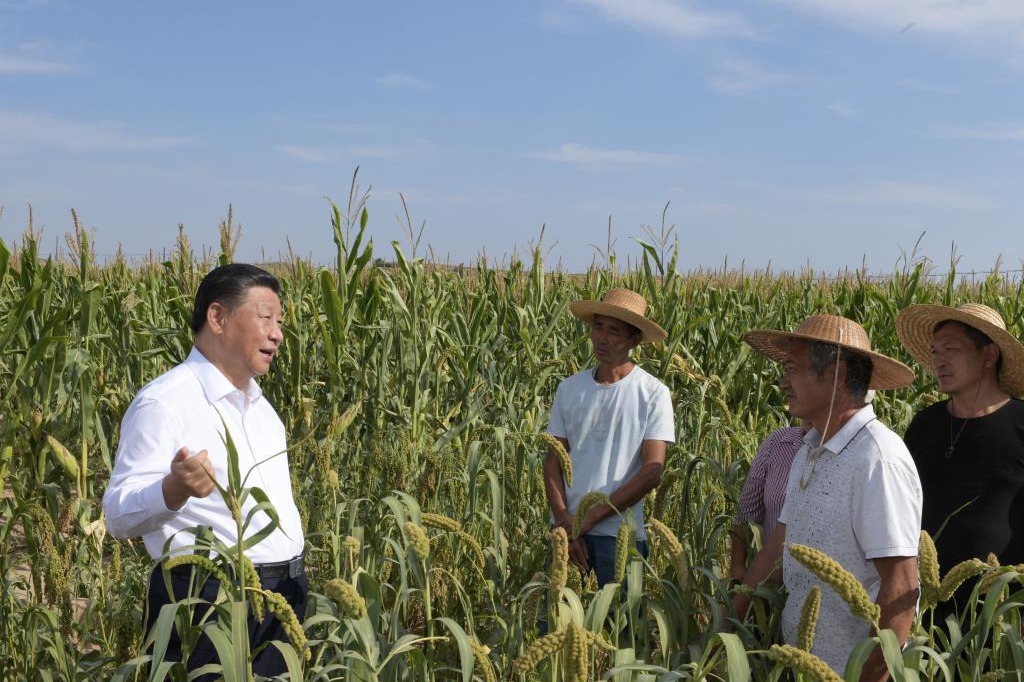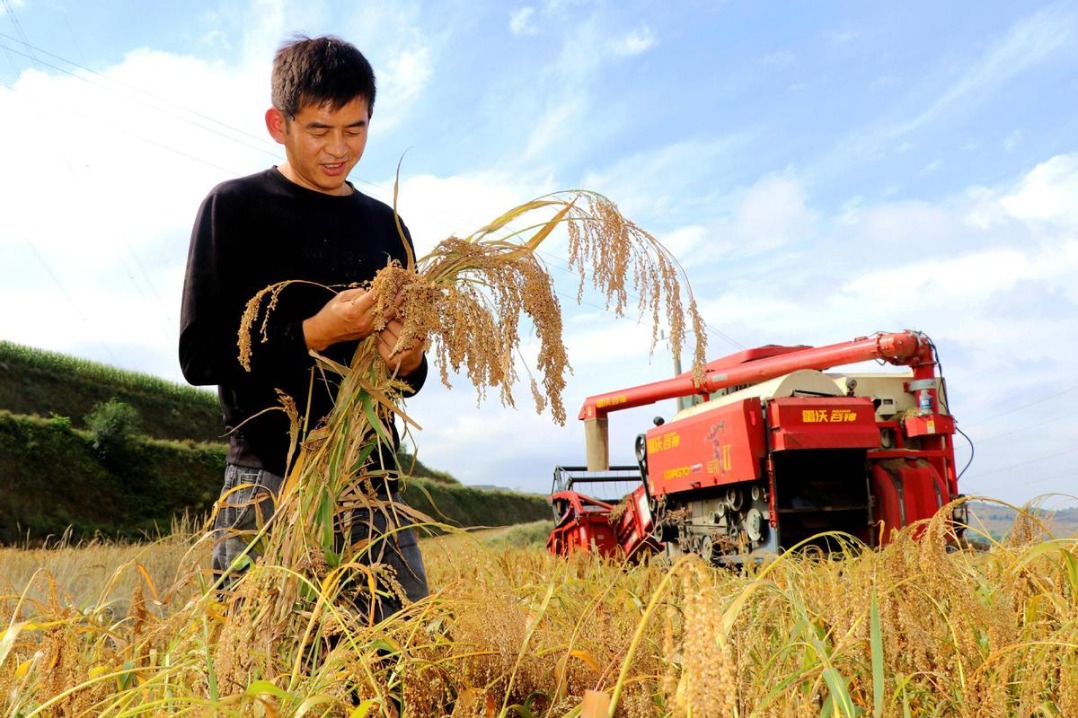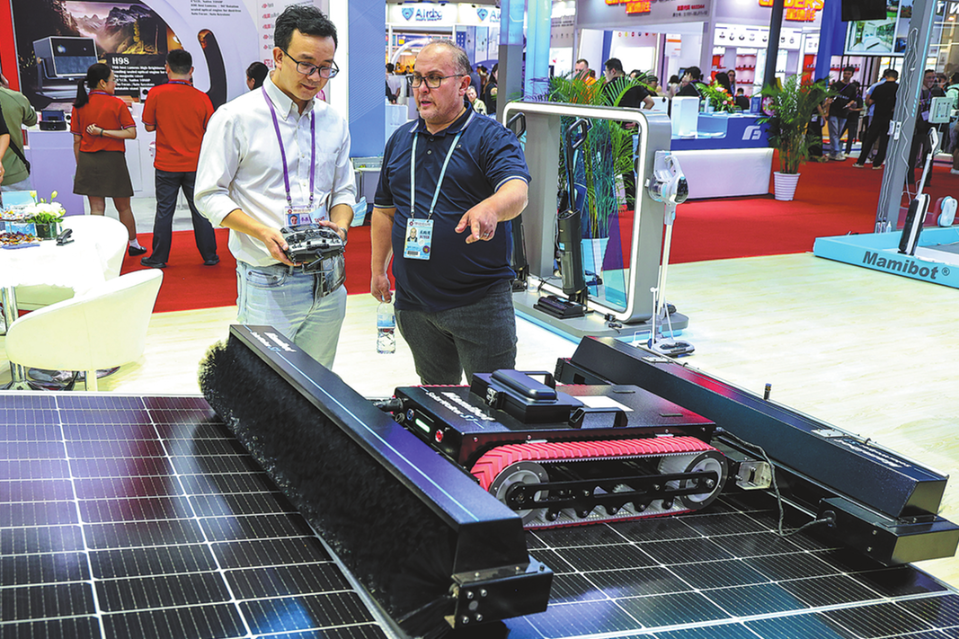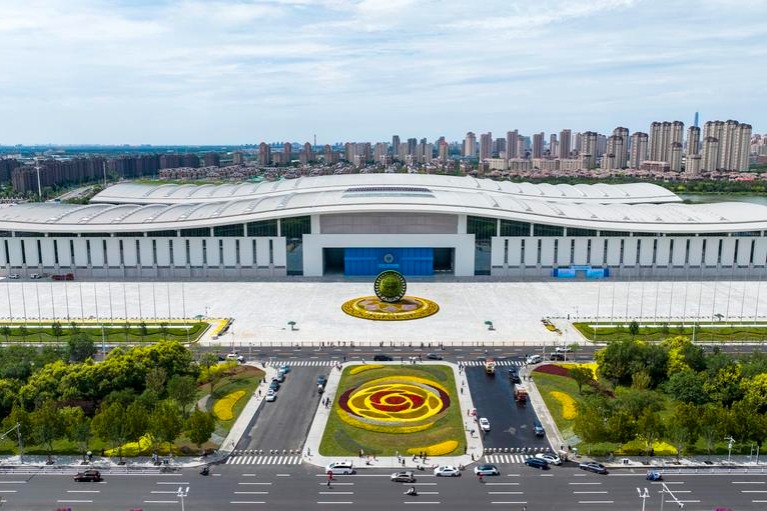Mutual trust stable foundation to build on: China Daily editorial


The China-Central Asia relationship, steeped in history and driven by broad actual needs, is brimming with vigor and vitality.
Through their joint endeavors, Chinese and Central Asian peoples made a historic contribution to the interaction, integration, enrichment and development of world civilizations by promoting the expansion and prosperity of the ancient Silk Road. Over the past decade, China and the Central Asian countries have worked closely together to fully revive the overland Silk Road and actively deepen their future-oriented cooperation.
Last year, President Xi Jinping and the heads of state of the five Central Asian countries gathered in the historical Chinese city of Xi'an, Shaanxi province, the starting point of the ancient Silk Road, for the inaugural China-Central Asia Summit, which marked the completion of the platform building and overall planning for China-Central Asia cooperation in the new era and the China-Central Asia community with a shared future.
The Fifth China-Central Asia Foreign Ministers' Meeting, held in Chengdu, Sichuan province, on Sunday, underscored China and its Central Asian neighbors' joint commitment to building a closer China-Central Asia community with a shared future.
Foreign Minister Wang Yi chaired the meeting, which was attended by his counterparts from Kazakhstan, Kyrgyzstan, Tajikistan, Turkmenistan and Uzbekistan. They held in-depth discussions on comprehensively advancing cooperation and made political preparations for the second China-Central Asia Summit scheduled for next year in Kazakhstan. They also agreed to establish a themed cooperation year every two years to foster the high-quality development of China-Central Asia relations.
As Wang rightfully pointed out, under the China-Central Asia Mechanism, which has been operating for four years, the six countries have advanced their reciprocal cooperation embracing the spirit of good neighborliness, solidarity and pragmatism with close affinity and shared conviction.
Since then, significant progress has been made, with over half of the relevant projects being implemented or making substantial progress. The two sides have also established ministerial platforms in such areas as trade, customs, agriculture, transportation, and industrial investment.
Since China established diplomatic relations with the five Central Asian countries 32 years ago, two-way trade between China and the five countries has seen 100-fold growth. Several major projects have been completed, including the China-Central Asia natural gas pipeline, the China-Kyrgyzstan-Uzbekistan highway, and the Pengsheng Industrial Park in Uzbekistan, which have brought tangible benefits to these countries. Building upon these achievements, China and Central Asian countries are drafting an action plan for high-quality Belt and Road cooperation, a permanent good-neighborliness and cooperation treaty, and agreements in a number of other significant areas that will no doubt signal the injection of new vitality into China-Central Asia cooperation.
China's efforts to boost ties with Central Asia do not target any third party, nor does it seek to compete with other mechanisms. The thriving China-Central Asia cooperation not only benefits the six countries themselves but also contributes to the prosperity of the region at large. Central Asia, as a crossroads connecting the East and West, the North and South, has the potential to become an important connectivity hub of Eurasia. To maintain regional peace and security, they should continue to jointly combat terrorism, separatism, and extremism, firmly oppose external interference in Central Asian countries' internal affairs and any attempts to create chaos and turbulence in Central Asia, and support Afghanistan in achieving peace and reconstruction.
China is ready to help Central Asian countries strengthen their capacity building for law enforcement, security and defense, and to deepen cooperation in such priority fields as trade facilitation, industrial investment, connectivity, green mining, agricultural modernization, and people-to-people exchanges. There are also bright prospects for expanding their cooperation in desertification control and higher education.
By working closely together to pursue common development and common prosperity, all six countries can embrace a brighter future, and in doing so rise to the challenges of the times and build an even closer China-Central Asia community with a shared future, producing positive energy for the world at large.

































